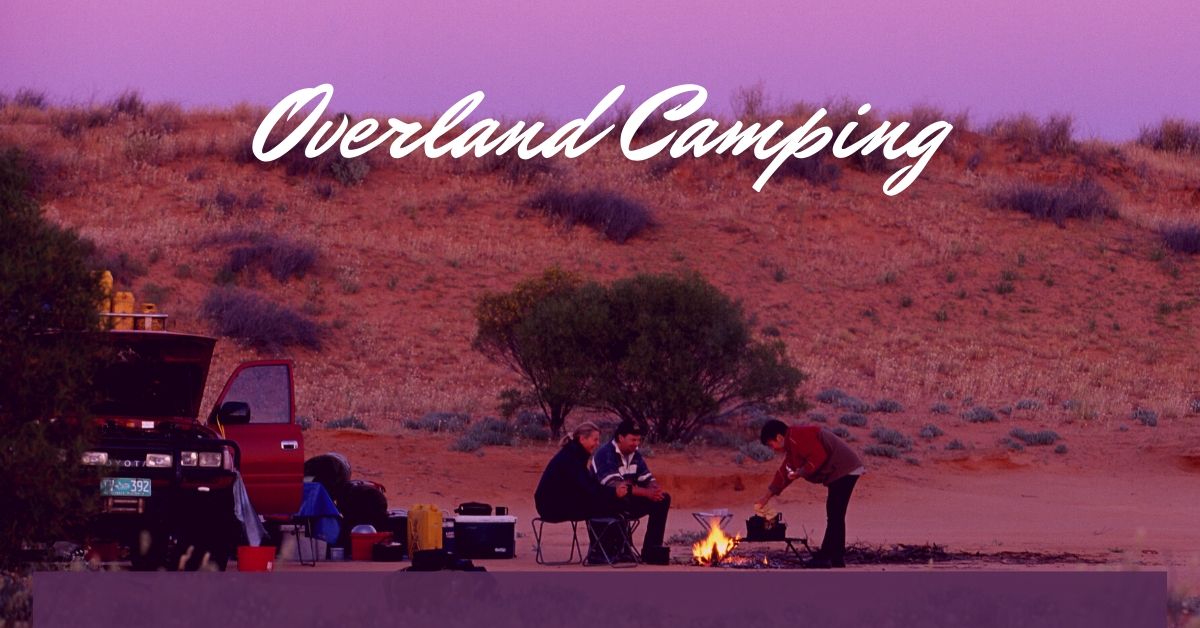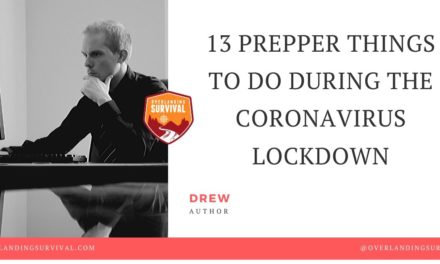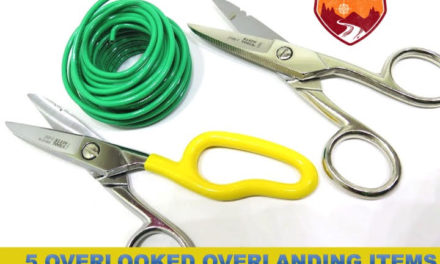The core of overlanding is pretty much summed up in vehicle-based travel and camping. But rather than traditional campground camping, the overlander used dispersed camping wherever possible. Overlanders like to call it Boondocking.
Dispersed camping, according to the National Forest Service, “is the term used for camping anywhere in the National Forest OUTSIDE of a designated campground. Dispersed camping means no services; such as trash removal, and little or no facilities; such as tables and fire pits, are provided. Some popular dispersed camping areas may have toilets.”
Overlanding on BLM Land
This same philosophy applies to BLM land, state land, and even private land if you are lucky enough to have friends with large estates. Essentially, you overland to see the best places and avoid the crowds. National Parks are wonderful overlanding destinations, but lousy overlanding camping opportunities due to all the restrictions and campground organization. But what the overlander shoon learns is that often there is wonderful and nearly equally beautiful public land just outside the park boundaries.
For example, Glacier National Park in Montana has many fine vehicle accessible camping areas, but few that will provide any solitude. But in almost any direction outside the park lies vast lands with few camping regulations. But smaller national parks are limited since they often are closer to large population centers and private land.
Overlanding in Alaska
While on one overlanding trip in Alaska, I asked an REI employee in Anchorage about where to go in Denali National Park. The response shocked me. The reply was that he had no idea because he never went to the park because there were so many other amazing places near the park but without the crowds and restrictions. In hindsight it made perfect sense. I live not too far from both Yellowstone National Park (connected to the Tetons) and Glacier National Park. But I rarely venture into Yellowstone during the summer because of the crowds, and never vehicle camp in Glacier because there are perfectly good camping spots just outside the park.
So embrace the true spirit of overlanding and camp when it gets dark, and don’t be afraid of stopping for the night at the next flat spot no matter where it is.





